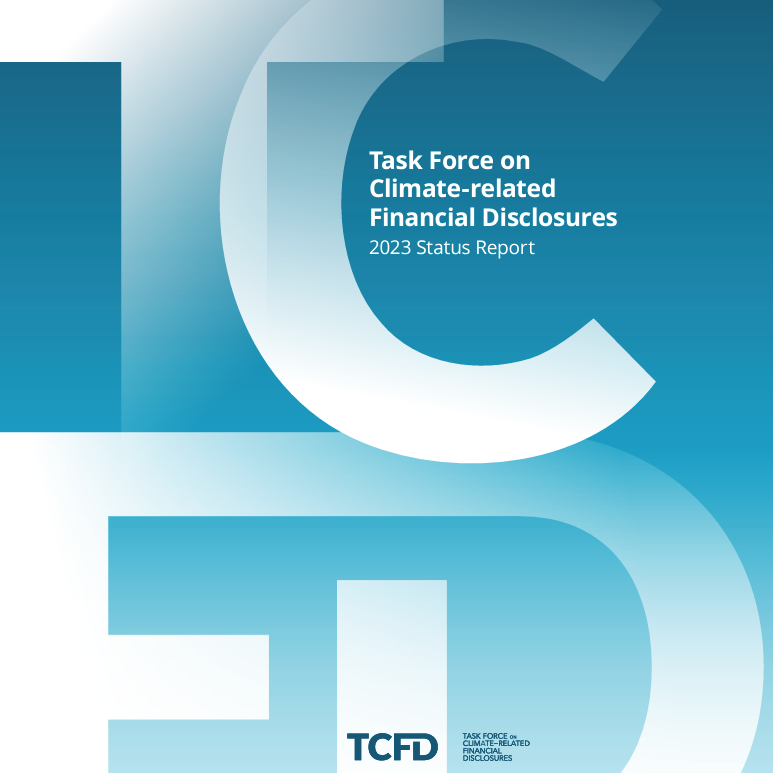Employer Responsibilities for Protecting Workers from Wildfire Smoke
/Employers in California have a crucial responsibility to protect their employees from the harmful effects of wildfire smoke, particularly when air quality levels reach hazardous thresholds. Read this article to understand employer responsibilities and solutions to reduce employee risk.
Read More


























